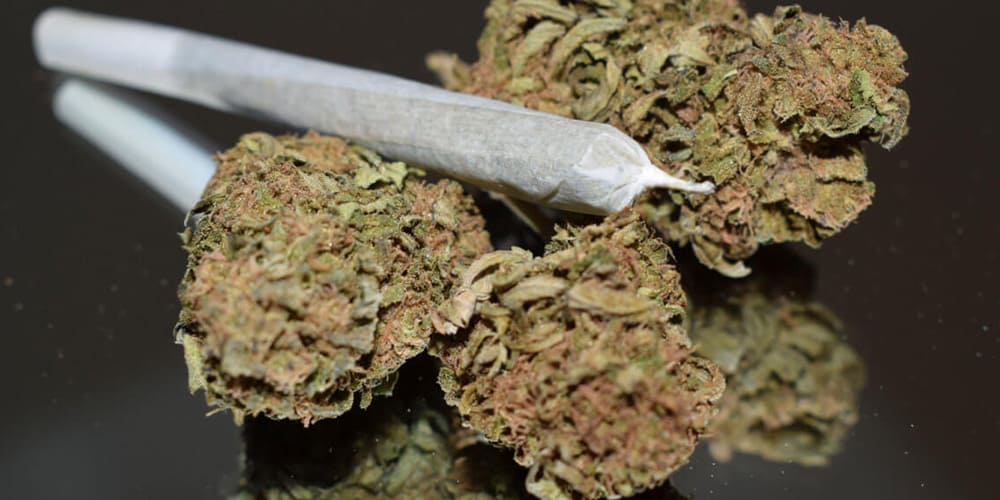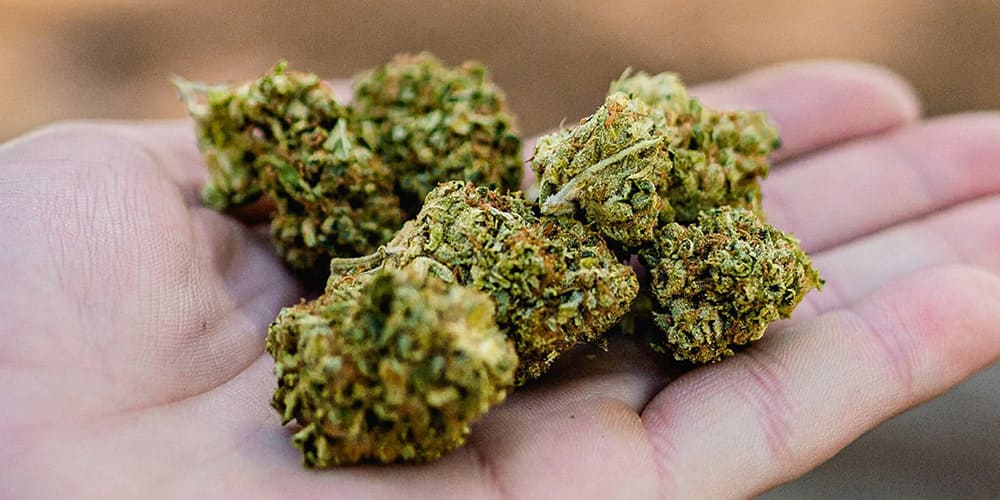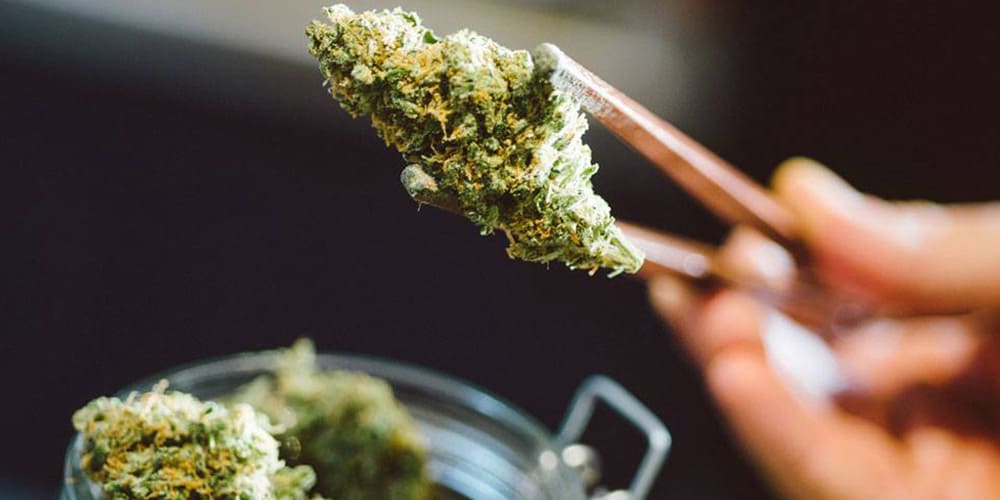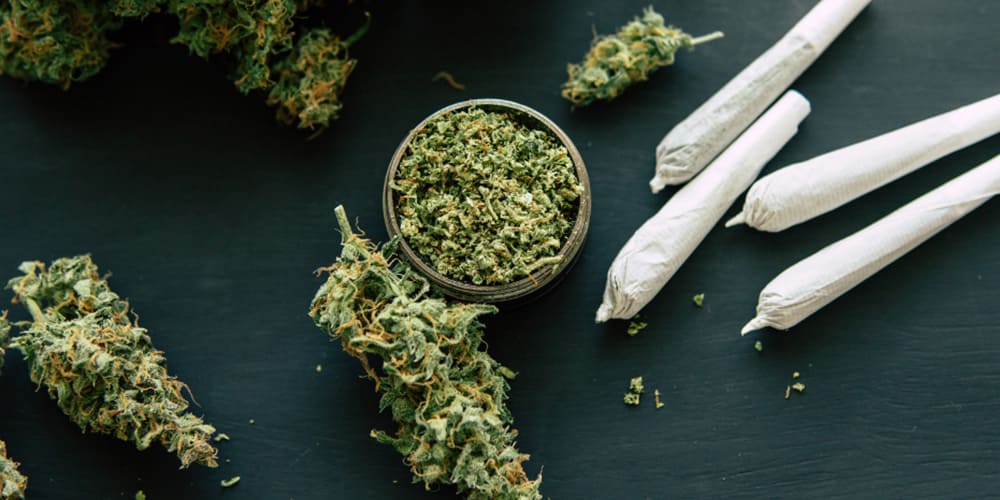Is there a weed season? And if so, when does It come?

In the realm of cannabis cultivation, one intriguing question often arises: is there a weed season? As enthusiasts and cultivators delve into the intricacies of growing this versatile plant, understanding the concept of a weed season becomes paramount. Let’s embark on a journey through the cycles of nature and the rhythms of cannabis cultivation to uncover the truth behind this phenomenon.
- Ditch Weed vs. Cultivated Cannabis
- A guide to cannabis deficiencies
- Stages of Cannabis Plant Growth: A Journey from Seed to Harvest
Unveiling the Dynamics of Cannabis Growth

Cannabis, known scientifically as Cannabis sativa, is a plant with a rich history dating back thousands of years. Its cultivation is influenced by various factors, including climate, daylight hours, and temperature fluctuations. Understanding these dynamics is crucial for successful cultivation, whether it’s indoors or outdoors. Indoor growers must carefully control environmental variables like light, humidity, and temperature to mimic outdoor conditions and ensure optimal growth. Additionally, they often utilize techniques such as hydroponics or soilless growing to provide the plant with essential nutrients and support its development.
On the other hand, outdoor cultivators must consider factors such as geographic location, soil quality, and seasonal changes to cultivate healthy and robust plants. By adapting cultivation practices to suit their environment, growers can maximize yield and quality while minimizing risks and challenges. Outdoor cultivation allows cannabis plants to benefit from natural sunlight and air circulation, which can result in larger yields and more potent flowers. However, growers must also contend with variables like pests, diseases, and adverse weather conditions, which can affect crop health and productivity.
Regardless of the cultivation method chosen, successful cannabis growing requires careful planning, attention to detail, and ongoing monitoring. Growers must be prepared to adjust their strategies in response to changing conditions and unforeseen challenges. With advances in technology and increased knowledge of cannabis cultivation techniques, growers have more tools and resources at their disposal than ever before. By staying informed and adapting to evolving best practices, cultivators can optimize their yields and produce high-quality cannabis for both medical and recreational use.
Indulge in the sweet essence of summer with Strawberry’s 10 original mini joints, each expertly rolled to 0.5 grams. Celebrated as a sativa, it delights with uplifting and energizing effects, complemented by its distinctly natural strawberry flavor.
The Role of Light: Triggering Growth and Flowering

Light plays a pivotal role in the growth and development of cannabis plants. During the vegetative stage, cannabis thrives on long hours of daylight, typically ranging from 18 to 24 hours. This abundance of light stimulates vegetative growth, allowing the plant to develop a robust structure and lush foliage. Adequate light intensity and duration during this stage are essential for maximizing photosynthesis and promoting healthy plant growth.
However, when it comes to flowering, the story changes. Cannabis plants require a shift in light exposure to initiate the flowering phase. In outdoor cultivation, this transition often occurs naturally as the days grow shorter towards the end of summer and the beginning of fall. This period marks the onset of the weed season for outdoor growers, as plants begin to flower in response to the diminishing daylight hours.
Indoor growers have greater control over the light cycle and can manipulate it to induce flowering at the desired time. By adjusting the duration of light exposure to around 12 hours of light and 12 hours of darkness, growers can mimic the natural conditions that trigger flowering in cannabis plants. This transition from vegetative growth to flowering is crucial for the development of buds and the eventual harvest of mature cannabis flowers with potent cannabinoid content.
Embracing the Outdoor Weed Season

For outdoor cultivators, the weed season represents a time of anticipation and excitement. As summer transitions into fall, growers prepare for the flowering stage, eagerly awaiting the emergence of resinous buds. The timing of the weed season varies depending on geographical location, with regions experiencing distinct climate patterns and daylight fluctuations. Outdoor growers must adapt their cultivation practices to the specific conditions of their region, ensuring that their plants receive adequate light, water, and nutrients throughout the growing season.
In temperate climates, such as those found in parts of North America and Europe, the weed season typically spans from late spring to early fall. During this time, growers take advantage of the extended daylight hours to nurture their plants through the vegetative stage, followed by the transition to flowering as the days grow shorter. As autumn approaches, outdoor growers carefully monitor their plants for signs of flowering, such as the formation of preflowers and the onset of resin production.
Successful outdoor cultivation requires careful planning and attention to detail, as growers must contend with factors such as weather variability, pest pressure, and potential legal restrictions. By selecting suitable genetics, providing proper care, and monitoring environmental conditions closely, outdoor growers can achieve bountiful harvests of high-quality cannabis. The weed season is a time of growth, discovery, and celebration for outdoor cultivators, who take pride in their ability to cultivate a natural and sustainable crop under the open sky.
Experience the cerebral sativa effects of Statue of Liberty Haze Sauce Cart. A hybrid blend of G13 and Chemdawg, it’s the creation of Barney’s Farm, renowned for flavor-focused strains like Tangerine Dream and Blue Cheese.
Harnessing the Power of Indoor Cultivation

While outdoor cultivation aligns with the natural rhythms of the seasons, indoor growers have the flexibility to control environmental variables, including light cycles. Indoor cultivation allows for year-round production, regardless of external conditions. By manipulating light schedules using artificial lighting systems, indoor growers can mimic the natural progression of the weed season, triggering vegetative growth and flowering as desired.
Indoor cultivation also offers advantages in terms of climate control and pest management, enabling growers to create optimal growing conditions for their plants. However, it requires careful attention to detail and a thorough understanding of the cannabis lifecycle to achieve successful results. Growers must monitor factors such as humidity, temperature, and airflow to prevent mold, mildew, and other issues that can impact plant health and yield.
Additionally, indoor growers have the option to use specialized growing techniques such as hydroponics or aeroponics, which allow for efficient nutrient delivery and root oxygenation. These methods can result in faster growth rates and higher yields compared to traditional soil cultivation. Despite the challenges, indoor cultivation offers growers the opportunity to produce high-quality cannabis consistently, making it a popular choice for commercial operations and enthusiasts alike.
Maximizing Yield and Quality

Whether cultivating cannabis outdoors or indoors, maximizing yield and quality remains a top priority for growers. During the weed season, careful cultivation practices are essential to ensure healthy plant development and abundant harvests. This includes providing adequate nutrients, maintaining proper humidity levels, and monitoring for pests and diseases.
Furthermore, timing is critical during the flowering stage, as the maturation of buds directly impacts potency and flavor. By harvesting at the optimal moment, growers can enhance the overall quality of their cannabis products, satisfying the preferences of consumers and connoisseurs alike. Additionally, proper drying and curing techniques are crucial steps in preserving the aroma, flavor, and potency of harvested buds, further enhancing their market appeal.
Whether grown for medical or recreational use, high-quality cannabis commands a premium price in the market. Growers who prioritize careful cultivation practices and attention to detail are more likely to produce cannabis of exceptional quality, gaining a competitive edge in the industry. With demand for premium cannabis products on the rise, growers are continually refining their techniques to meet the expectations of discerning consumers and capitalize on market opportunities.
Dive into the luscious world of Watermelon Zkittlez 20 original mini joints, each weighing 0.5 grams. This flavorful indica-dominant hybrid brings a blissfully sweet and deeply relaxing experience.
Embracing the Seasons of Cannabis Cultivation

The concept of a weed season encapsulates the dynamic interplay between nature’s cycles and human ingenuity. Whether cultivating outdoors under the open sky or indoors within controlled environments, growers harness the power of light and time to cultivate premium cannabis products. The weed season symbolizes a harmonious collaboration between nature and cultivation techniques, resulting in the production of high-quality cannabis year-round.
By understanding the nuances of the cannabis lifecycle and embracing the seasons of cultivation, growers can unlock the full potential of this remarkable plant. From the emergence of seedlings in the spring to the harvest of resinous buds in the fall, the weed season represents a journey of growth, innovation, and discovery in the ever-evolving world of cannabis cultivation. Each stage of the weed season offers unique challenges and opportunities for growers to refine their techniques and optimize their yields.
As the cannabis industry continues to expand and evolve, the concept of the cannabis season serves as a reminder of the plant’s resilience and adaptability. Whether grown for medical purposes, recreational use, or industrial applications, cannabis has the potential to thrive in diverse environments and climates. By embracing the cycles of nature and harnessing the latest advancements in cultivation technology, growers can cultivate premium cannabis products that meet the needs and preferences of consumers worldwide.















